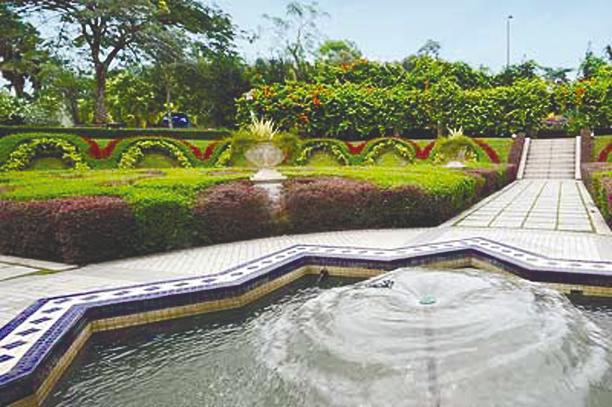EVER since the lockdown, gardening has become a big trend among Malaysians. Today, there are many Instagram accounts dedicated to gardening, offering advice on picking the right potted plant or flower, using the appropriate tools, or special guides for your dream garden.
There an abundance of plant species in our tropical rainforests which is known around the world for housing common and rare species of flora, including native plants.
Unless you are a garden lover or nature enthusiast, you may not know all the names, medicinal values, habitats, or other intriguing information about these native plants.
But there are many stunning botanical gardens that provide such information, display unique flowers and plants and keep a huge collection of species that runs into the hundreds (and perhaps thousands) over a verdant expanse of green land.
Here are some of the beautiful botanical gardens in Malaysia, in no particular order:
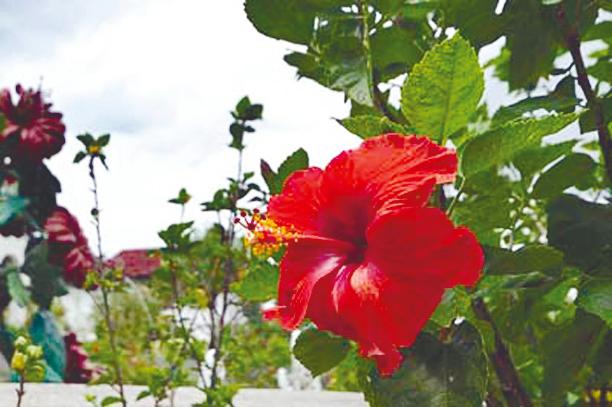
Perdana Botanical Garden
Perdana Botanical Garden, located in the Heritage Park of Kuala Lumpur, was formerly known as Taman Tasik Perdana of Lake Gardens, and is a part of the green lung of a vibrant city.
The magnificent park was initially a recreational park, which was later turned into a botanical garden, and has a vast forest tree collection, Zingiberales Collection, and Heliconia Garden, showcasing original species and hybrids, and has a small waterfall perfect for pictures.
There are also exotic species collections, including 300-year-old trees, Brazil nut trees, and mahogany trees. fruit trees and houses a hibiscus garden.
There are fruit tree collections, containing ‘forgotten’ plant species that are no longer planted for various reasons.
There is also Laman Perdana, Cycad Island, a collection of cycads and succulents, a herb and spice garden, as well as a deer park in the botanical gardens.
One of the special things about this park is that it houses a hibiscus garden, at the Herbarium Perdana Botanical Garden, which alsohas various species of plants.
The Sunken Garden is a ‘parterre’ garden with a striking pattern created with low shrubs of Acalypha Siamensis, Loropetalum Chinense shrub, Zephyranthes, and colourful petunias, and a star-shaped fountain.
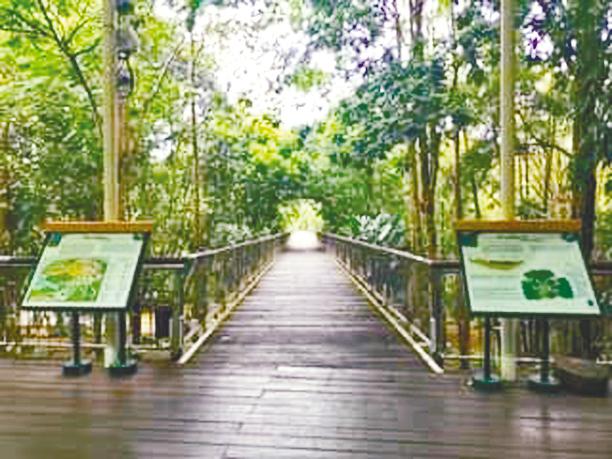
Putrajaya Botanical Garden
Referred to as the City in the Garden, Putrajaya Botanical Garden is one of the 40 beautiful and fun parks in Asia, as stated in the book Paradise Found: Journeys Through Noble Gardens of Asia.
It was also conferred the title of “Asia’s Most Amazing Garden” by the Royal Chelsea Foundation at the World Premier Royal Chelsea Flower Show in 2008.
Officially opened in 2003 by the then Prime Minister, Tun Dr. Mahathir Mohamad, the park sprawled over 230 acres of formerly agricultural land next to a lake.
The park is divided into eight botanical themes: Malaysian Ulam and Medicinal, Bambusetum, Zingiberales, Edible Fruit Arboretum, Lawn and Gramineae; Forest Fringe and Aboriginal Medicinal Plants; Conservatory and Ecological Pond.
Certain areas wihtin the park such as Canna Walk, Fern Garden, Floral Steps, African Collection, Tropical America Collection, Hibiscus Walk, Bougainvillea Tunnel, Pandanus Walk, Orchid Path, Palm Hill, Vine Garden, and Heliconia Trail are all worth a stroll.
Penang Botanic Garden
Known as Watefall Gardens, the garden was established by the British in 1884 under the supervision of the first curator, Charles Curtis.
The English-style garden is one of the oldest botanic gardens in the British Colony.
It was formerly a granite quarry site and has a deep valley, jungle hills, and a stream running through 29 hectares. Penang Botanic Garden recognised by Unesco as the third biosphere reserve in Malaysia.
The park has 12 sections: Aquatic Garden, Formal Garden, Japanese Garden, Sunken Garden, Orchidarium, Begonia and Bromeliad House, Fruit Arboretum, cactus garden, secret garden, herb garden, Aroid Trail and Lily Pond.
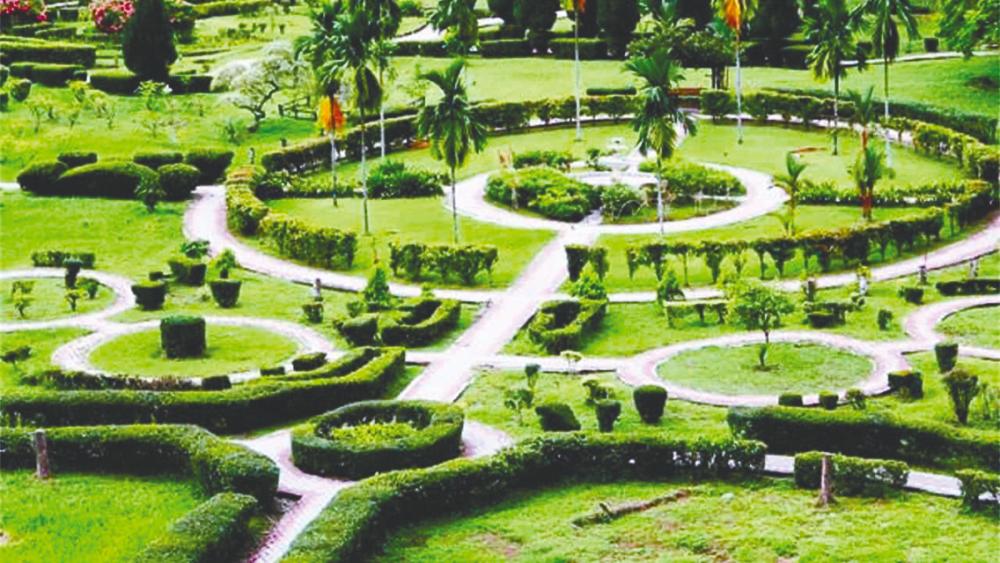
National Botanical Gardens, Shah Alam
The top destination for eco and agrotourism, the National Botanic Garden’s most famous attraction is the four-season house, where visitors get to experience four types of seasons: winter, spring, autumn, and summer.
The park consists of an animal park, 95 hectares of fruit gardens, a cactus garden, an orchid garden and spice gardens.
The 72-hectare animal garden allows visitors to watch the deer, horses, birds, peacocks, doves, rabbits, and porcupines. At the fruit garden, visitors get to view the tropical fruits.
This is a good place for cycling, jogging, and family picnics, while the more adventurous can try their hand at fishing around the lake.
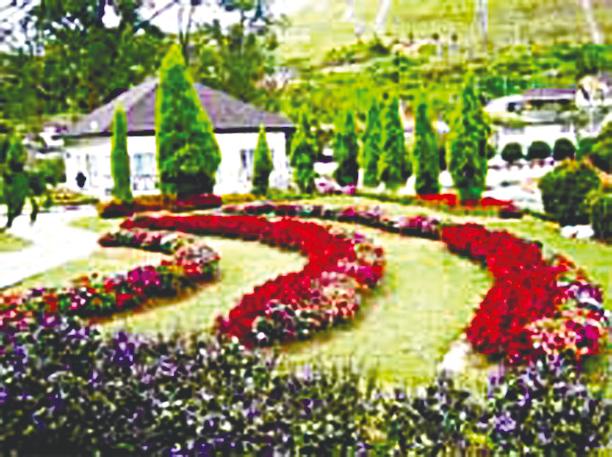
Agro Technology Park in MARDI Cameron Highlands
It’s not a botanical garden per se, but it has a variety of plants and is surrounded by greenery and cool weather.
Located at Tanah Rata, Cameron Highlands cool weather, formerly known as Federal Experimental Station in 1926 for the British, the park opened to the public in June 2003 and is now managed by the Malaysian Research and Development Institute (MARDI).
The park consists of an English Garden, Orchid garden, Rose garden, herb garden, and a research and information centre.
The 42 hectares of land are home to about 40 varieties of roses, 10 strawberries, 100 citrus fruits, six types of anthuriums, four varieties of apples, pears, and even persimmons.



